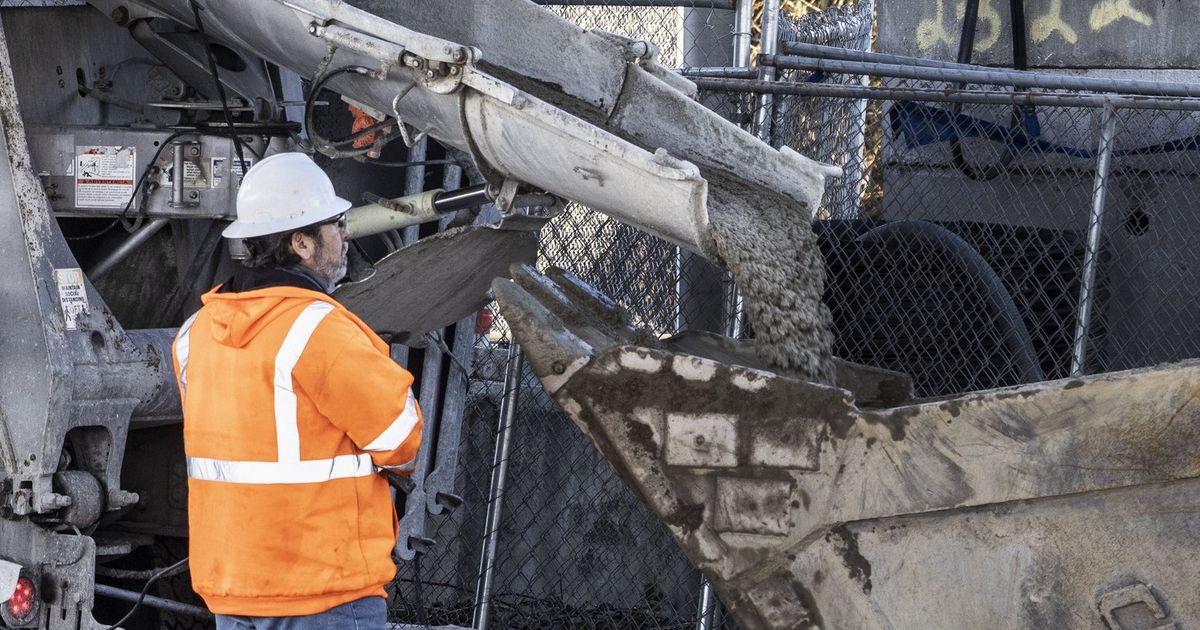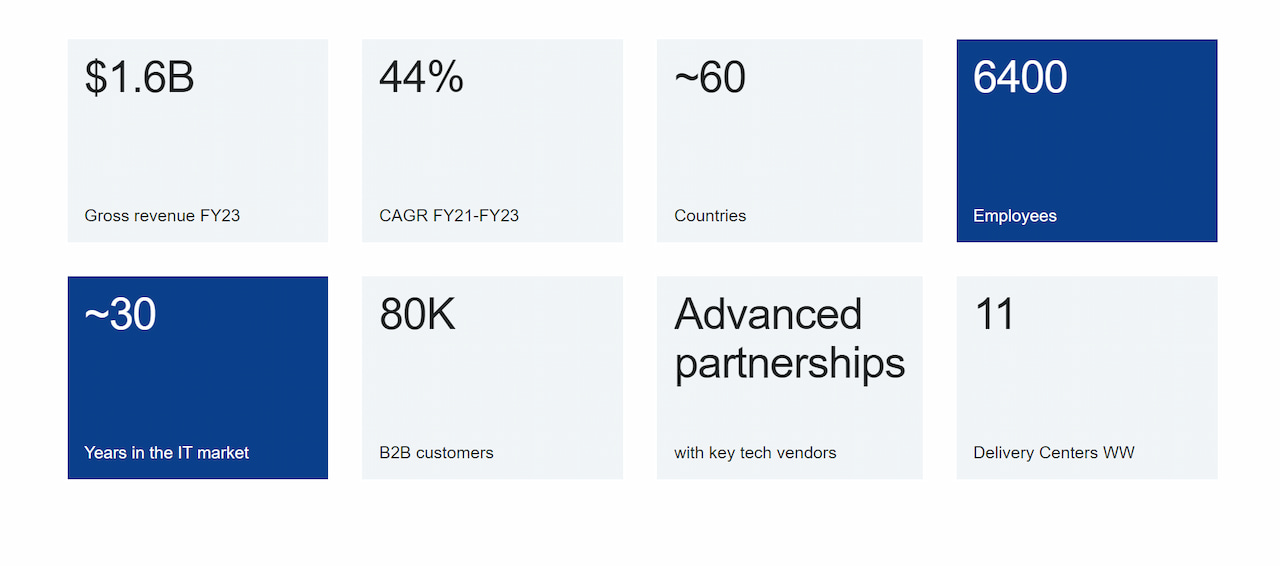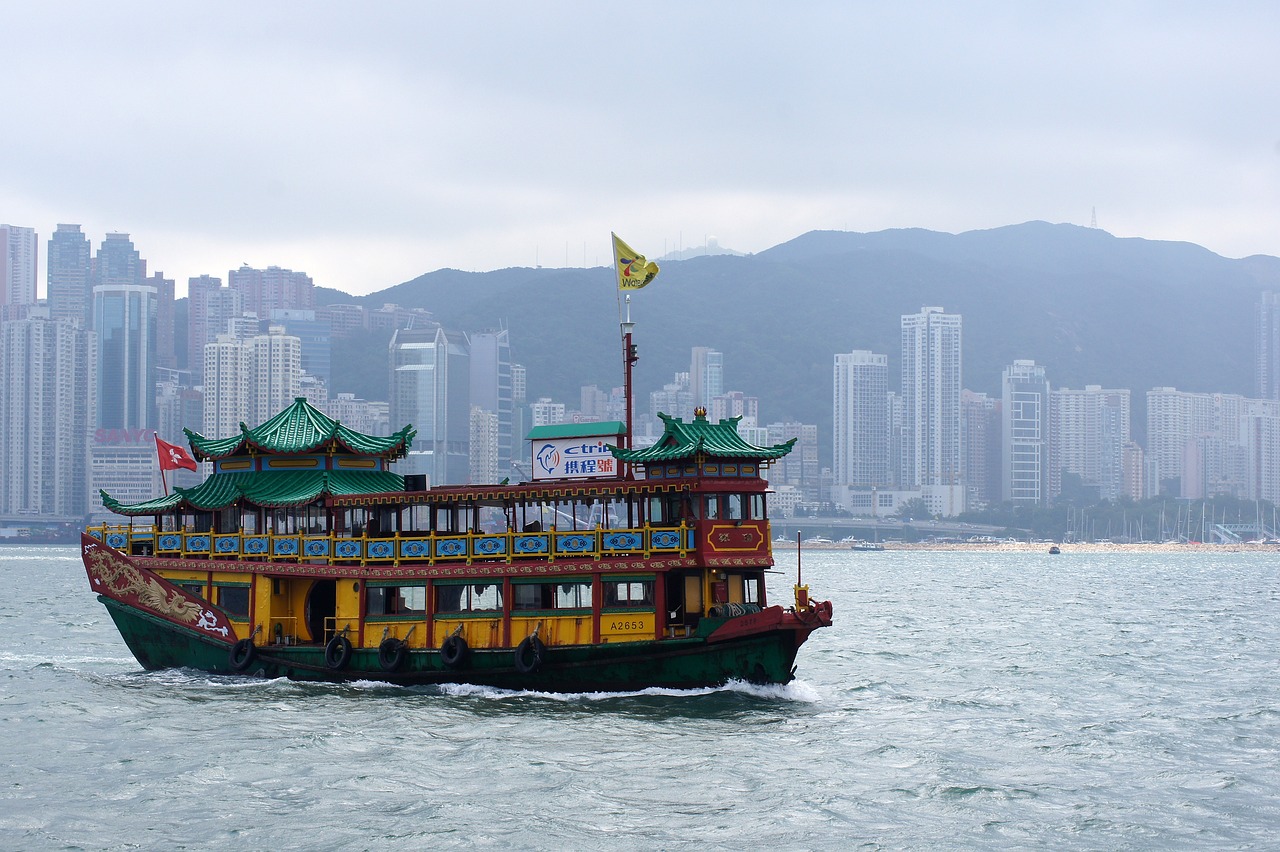A Financial Times headline reads “IMF Raises Russia Growth Outlook as War Boosts Economy” (January 30, 2024). The story (to use journalistic jargon) essentially reports on the International Monetary Fund’s January World Economic Outlook, and its headline does correspond to what the IMF claims about Russia:
Growth in Russia is projected at 2.6 percent in 2024 and 1.1 percent in 2025, with an upward revision of 1.5 percentage points over the October 2023 figure for 2024, reflecting carryover from stronger-than-expected growth in 2023 on account of high military spending [my underlines] and private consumption, supported by wage growth in a tight labor market.
In my post of yesterday, I explained the danger of confusing GDP growth with higher welfare for the country’s residents, especially when what grows is dictated by the state. It is even more obvious when war is what is decreed.
It may be, of course, that submission to a foreign tyrant would be more detrimental than a defensive war. In this case, we might want to say, in an impressionistic way, that the war is stimulating “the economy” compared to what it be under the foreign tyranny. But this is not true if the economy we are referring to is that of the country whose rulers are the war aggressors—except for the eventual looting of the aggressed after the war. In the case under consideration, the tyrant aggressor has been the Russian state, and it cannot be sensibly argued that the war is benefiting the economy of its subjects even if the GDP numbers are up.
John Maynard Keynes is famously known for arguing that, during a recession with involuntary unemployment, “pyramid-building, earthquakes, even wars may serve to increase wealth” (The General Theory of Employment, Interest and Money [1936], p. 129). He did add, though, that doing useful projects would still be better. At any rate, Russia was not in a recession before the invasion of Ukraine. So the IMF’s line does not make much sense anyway.
If it were true that war promotes economic growth, I would advance the following proposal. Let every national state create a Special Growth Zone (SGZ) proportional to the size of the country. By law, the inventories of many commodities and materials, if not of consumer goods, would have to be stored there: wheat, steel for car manufacturing, plastic for baby cribs, wood for house building, etc. The government would also offer free land and other subsidies to companies interested in building their factories there. When the country’s rulers feel a need to boost the economy, the SGZ would be activated by an emergency declaration from the president. Adding to what is already in the SGZ, the government would move whatever is movable (at reasonable cost) by air, water, and road: tanks, airplanes, air defense batteries, etc. Then, the country’s own armed forces would reduce the SGZ to rubble with artillery and missiles. In case of serious economic underperformance, tactical nuclear weapons could be used. Gladiator fights could be organized on the rubble to destroy some human capital too. Would the IMF say that GDP growth was stronger than expected on account of the (fake) war?














